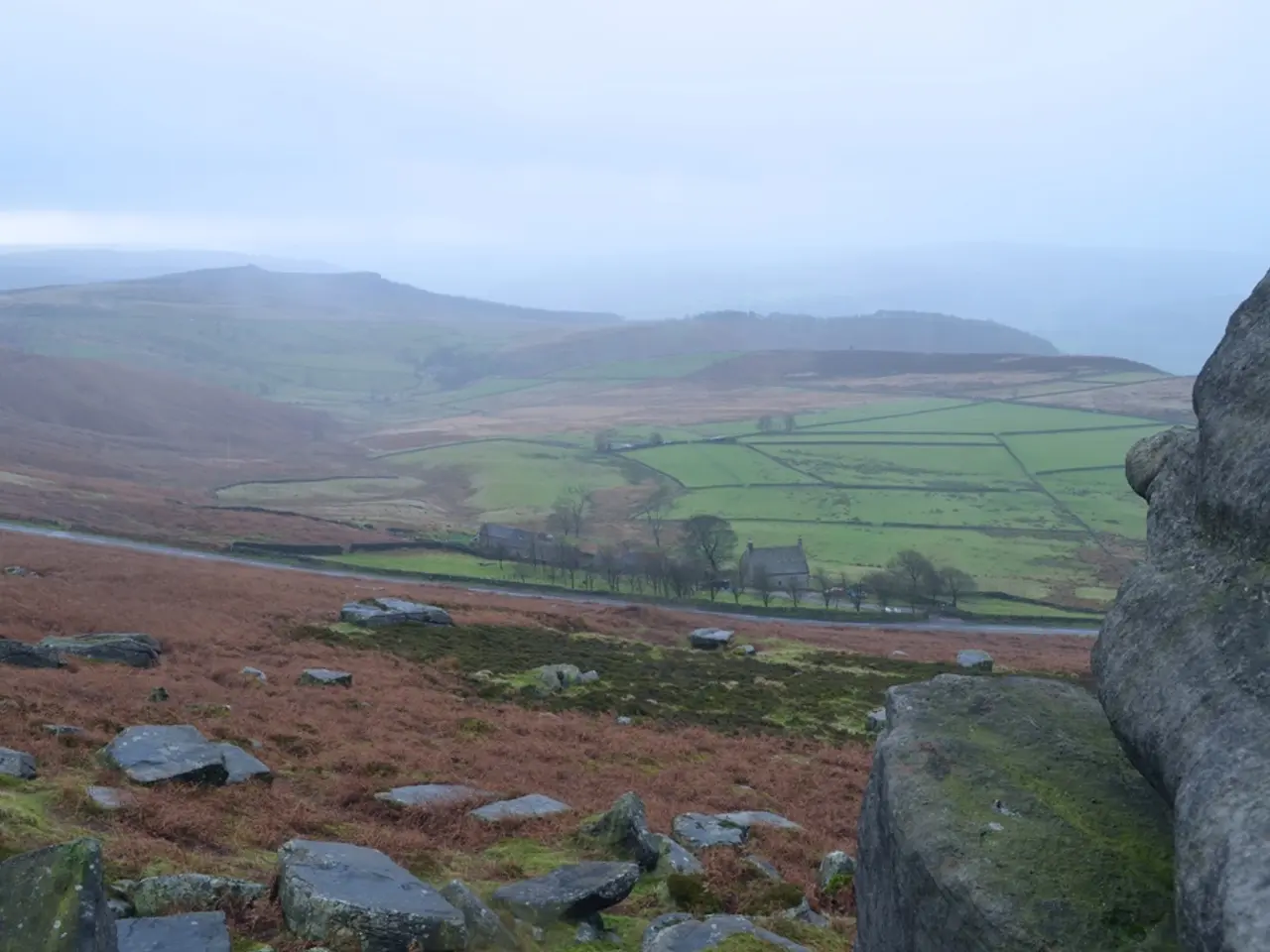Banteng's Vanishing Act: Separating Truth from Myth in the Realm of Forgotten Fauna
Historical Presence of Bantengs in Chittagong Hill Tracts
There is substantial evidence to suggest that the Banteng, a species of wild cattle, once roamed the Chittagong Hill Tracts in Bangladesh. This historical presence is supported by literature, maps, and oral accounts, placing the region as part of the Banteng's natural range.
The colonial-era literature offers clear, detailed accounts of Bantengs in what is now southeast Bangladesh. Richard Lydekker, in his book The Great and Small Game of India, Burma, and Tibet (1900), noted that the Burmese variety's range included the hill-ranges east of Chittagong. Major George Evans, in Big-game Shooting in Upper Burma (1911), provided thorough descriptions of Bantengs, their appearance, habits, and the specific landscapes they frequented.
William Thomas Blanford, in The Fauna of British India including Ceylon and Burma (1888-91), described the Banteng's distribution as extending to the hill-ranges east of Chittagong. Fitz William Pocock and William Thom, in Wild Sports of Burma and Assam (1900), provided detailed maps placing Bantengs in regions adjacent to what is now southeast Bangladesh.
Historically, Bantengs had smaller and more fragmented populations than Gaurs in the region, making them less resilient against sustained hunting pressure. Despite this, Gaurs were more at home in rugged, hilly forests, offering some refuge from human pressure. In contrast, Bantengs favored open grass-jungle mosaics and low-lying valleys with scattered trees, making them more accessible to hunters.
The Banteng's extinction in Bangladesh may have been swift once firearms became widespread due to their open-country habits and easier targetability. Bantengs were considered a prize when approached on foot due to their legendary wariness. However, some conservationists have dismissed the idea of Bantengs roaming in Bangladesh, arguing that no hard proof exists.
Despite this, oral traditions from many communities in the Chittagong Hill Tracts no longer mention the presence of Bantengs today. This absence can undermine our understanding of biodiversity and our ability to learn from the past. Some older residents in the region recalled seeing Bantengs as late as the 1960s and early 1970s.
Recent research by Anwaruddin Choudhury, published in the Journal of the Bombay Natural History Society (JBNHS) in 2020, reinforced these historical records and discussed the possible presence of the species in the Manipur-Myanmar border region. This research underscores the importance of understanding historical baselines to shape conservation priorities. If we don't know what once lived in our forests, we can't accurately measure what we've lost or set meaningful goals for restoration.
Younger villagers in Manipur could not identify Bantengs, while older residents recognized them when shown illustrations. This discrepancy highlights the need for continued education and awareness about the region's biodiversity.
In conclusion, while there is no definitive proof of the current existence of Bantengs in the Chittagong Hill Tracts, the historical evidence is compelling. The region's conservation efforts could benefit from a better understanding of the Banteng's historical presence and the factors that led to their potential extinction.
[1] Choudhury, A. (2020). Reassessment of the distribution of Banteng Bos javanicus in India and the neighbouring countries. Journal of the Bombay Natural History Society, 117(3), 245-257. [2] Lydekker, R. (1900). The Great and Small Game of India, Burma, and Tibet. London: John Murray. [3] Evans, G. (1911). Big-game Shooting in Upper Burma. London: John Murray. [4] Blanford, W. T. (1888-91). The Fauna of British India including Ceylon and Burma. London: Taylor & Francis. [5] Pocock, F. W., & Thom, W. (1900). Wild Sports of Burma and Assam. London: John Murray.
- The historical presence of Bantengs in the Chittagong Hill Tracts is supported by various sources of information such as literature, maps, and oral accounts in the field of general-news and environmental-science.
- In the realm of science and education-and-self-development, conservationists have debated about the extinction of Bantengs in Bangladesh and the possibility of their existence in other neighboring regions like Manipur.
- In addition to scientific studies, magazine publications like the Journal of the Bombay Natural History Society (JBNHS) have addressed the distribution of Bantengs and their potential survival in specific regions, such as the Manipur-Myanmar border, hinting at the intersection of science, lifestyle, and entertainment.
- While the Banteng's extinction in Bangladesh may have been swift, due to factors discussed in finance and technology, such as the widespread use of firearms and their open-country habits, there is still a need for ongoing education and awareness about the region's biodiversity in both younger and older generations.
- The historical records of Bantengs, including works by major authors like Richard Lydekker, Major George Evans, William Thomas Blanford, Fitz William Pocock, and William Thom, have significantly contributed to our understanding of the species' range and adaptability in various landscapes, as documented in environmental-science and literature.




